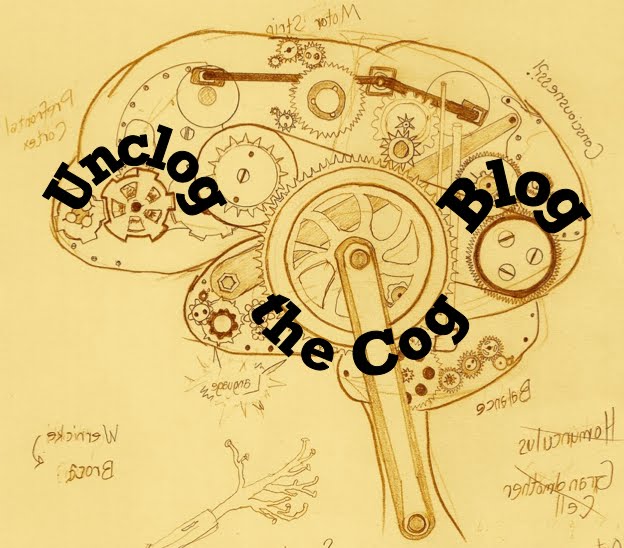Moments and Mindsharing in the Intersection of Education and Therapy
by Jordi Kleiner, PhD, ET/P
Prelude for March’s Regional AET Conference presentation
to be given by Joe Palombo, MA and Andrew Suth, PhD
Presented to the Chicago Area Study Group
Hosted by Viola Jordan, MS
February 13, 2016
Optional Reading:
Therapeutic Process with Children with LD (Palombo, 2002)
Theory is situated in history and context of other disciplines:

Tenets of Palombo’s Nonlinear Dynamic Systems Theory

Tenets of Palombo’s Nonlinear Dynamic Systems Theory
Terminology and Premises:
- Nonlinear causality
- Noncontiguous direction of change
- Sensitivity to initial conditions
- Preferences and Biases
- Emergent Properties
- Attractors or Attractor Basins
- Self-Organization
- Stable or unstable
- Open or closed
- Self-Similarity
Levels in a Neuropsychodynamic Approach
L1: Neuropsychological
L2: Introspective
L3: Interpersonal
Moments: “Organizing events that capture the essence of the issues with which the patient is struggling at a given time during the process. These moments do not necessarily arrive sequentially but occur episodically. Moments are activated when specific types of exchanges in the process between the therapist and patient are in the foreground of the interaction.” (Palombo, in press)
Concordant
Complementary, “Mindsharing”
Adjunctive
Selfobject
Disjunctive
“It is often difficult to make a clear-cut distinction between selfobject and adjunctive functions when people are involved in the performance of these functions. In addition to selfobject functions, patients with self-deficits tend to draw adjunctive functions from others that complement their immature or deficient psyches. These processes are most evident in patients with neuropsychological deficits, where through their neuropsychological deficits they call out to us for complementary responses. Whether they are open to receiving what we have to offer will depend on the level of their distress or whether their defenses will stand in the way of their availability to use what is offered, i.e., whether theirs is a system in which their sense of self is open or closed. What will become evident is that the processes involved in these interchanges will replicate themselves in the clinical setting and will inform the type of relationship established between a patient and a therapist” (Palombo, in press).
Mindsharing: “The process through which we are able to empathize with others’ experiences and they to ours…for the development of a stable sense of self-cohesion (Palombo, 2001).
Self-organizing change agents:
1. The Relationship
2. Our clinical interpretation
3. Clients’ proactive engagement
2. “Central to this process is the development of the patients’ self-reflective capacities and their self-understanding. From a systems perspective, understanding must include the nature and place of the neuropsychological deficits in the formation of the patients’ personality. Without the validation of these self-deficits as contributors to the patients’ difficulties, a critical component would be missing. Explanations facilitate the process of self-understanding by permitting patients to clearly identify the types and sources of their self-deficits, whether of selfobject or adjunctive functions, and allow them to begin to think about the effects these have had on their lives. The insights that are necessary to provide patients’ with a comprehensive picture of what occurred are essential to the healing process. By making explicit, through interpretations, their psychodynamic formulations, therapists convey their understanding of the patient through their interpretations. In a manner of speaking, we can say that those formulations constitute the therapist’s narrative….The narratives that therapists use to formulate the patients’ dynamics differ from those that patients have put together. Therapists find different or deeper meanings to the events than patients thought existed. Informed therapists have explanations for the patients’ distress and experiences that the patients lacked. The therapeutic dialogue permits patients to reorganize their self-narratives by integrating the new information gained through the process. The outcome hoped for is that along with the modification of the patient’s self-narrative, the dyad arrives at the co-construction of a more coherent narrative, which integrates the patient’s narrative with that of the therapist” (Palombo, in press).
3. “For patients with LD, the acquisition of practical ways of dealing with their adjunctive deicits must accompany those changes. Examples are the outright avoidance of tasks tha are dependent on those skills for the successful completion, or through compensatory activities that permit the patients to accomplish tasks by using alternative means, or through remediation that permits the strengthening areas of weakness….The question we confront is that of the place of educational directives in the therapeutic relationship.” (Palombo, in press)
Applications to Educational Therapy
Educational Therapy is to teaching what Psychotherapy is to advice.
“An integral part of this approach is that patients receive remediation for their self-deficits. Much as patients who has suffered a major injury must go through a rehabilitative process to recover lost functions. What this means is that there is a rehabilitative component to the restoration of the self in patients with self-deficits. It involves the remediation of the self-deficits through the acquisition of new skills or other forms of intervention. I suggest that much as patients with traumatic brain injuries require physical rehabilitation to regain some of their former levels of functioning so do patients with neuropsychological deficits. In the case of the latter, therapists direct their interventions to the cognitive realm rather than the physical realm. Since most therapists are not equipped to provide the types of instruction that these patients require, a referral to appropriate specialists, such as occupational therapists, speech and language therapists, educational therapists, or other specialists ought to be made” (Palombo, in press).
Examples of Moments in Ed Therapy sessions:
“Facial Feedback with Daniel”
To invite a
To invite a
Disjunctive Moment:
Concordant Moment:
Complementary
Adjunctive Moment:
Selfobject Moment:
Selfobject Moment:
“Architecture of Sessions: Initiation and Salience with Jennifer”
To invite a
To invite a
Disjunctive Moment:
Concordant Moment:
Complementary
Adjunctive Moment:
Selfobject Moment:
Selfobject Moment:
.jpg)



